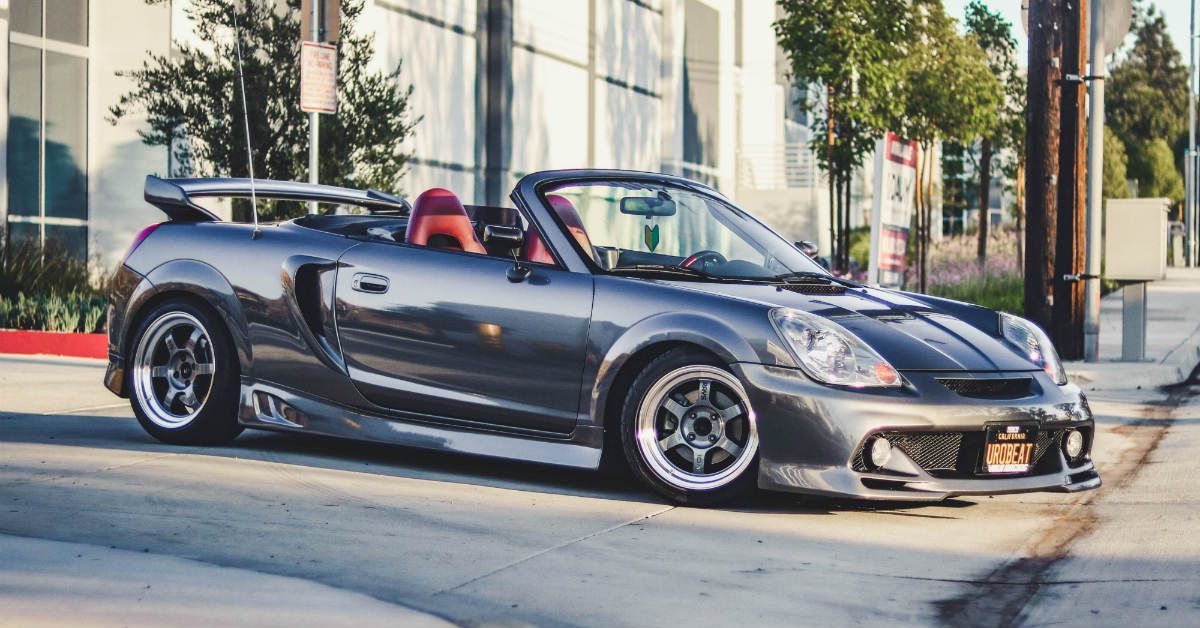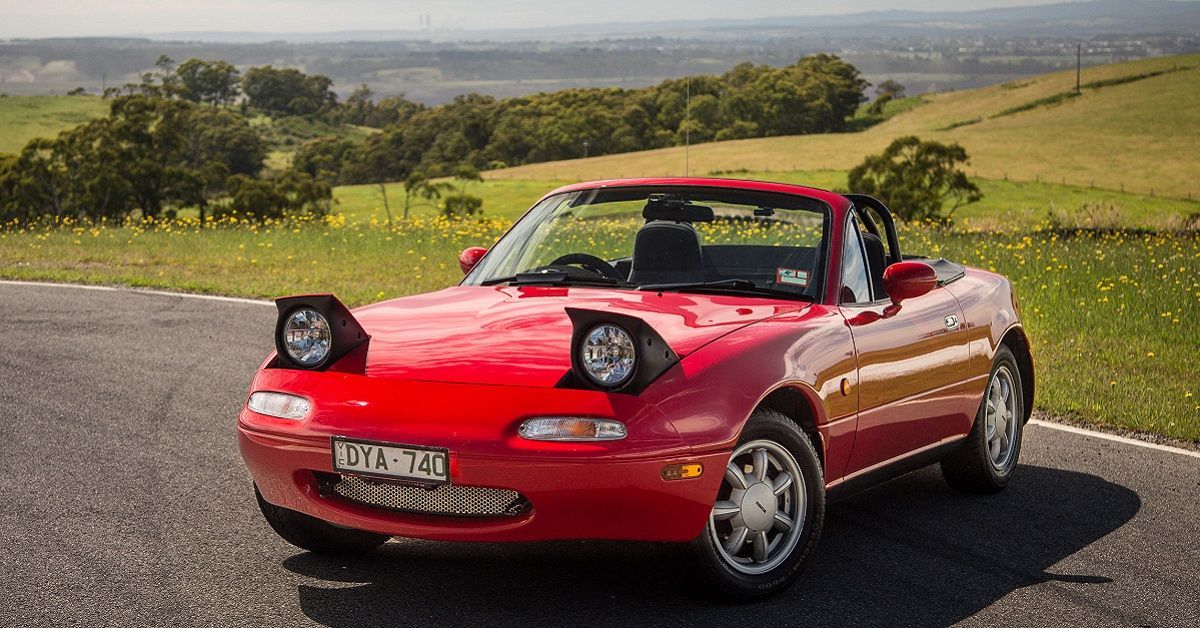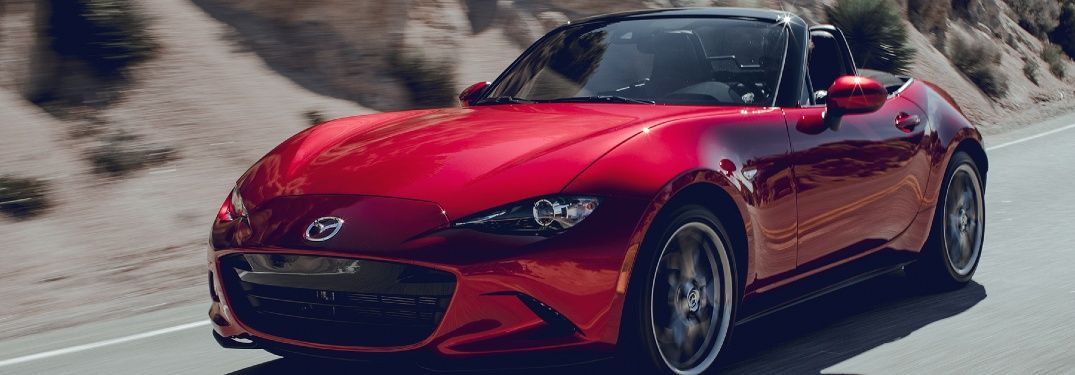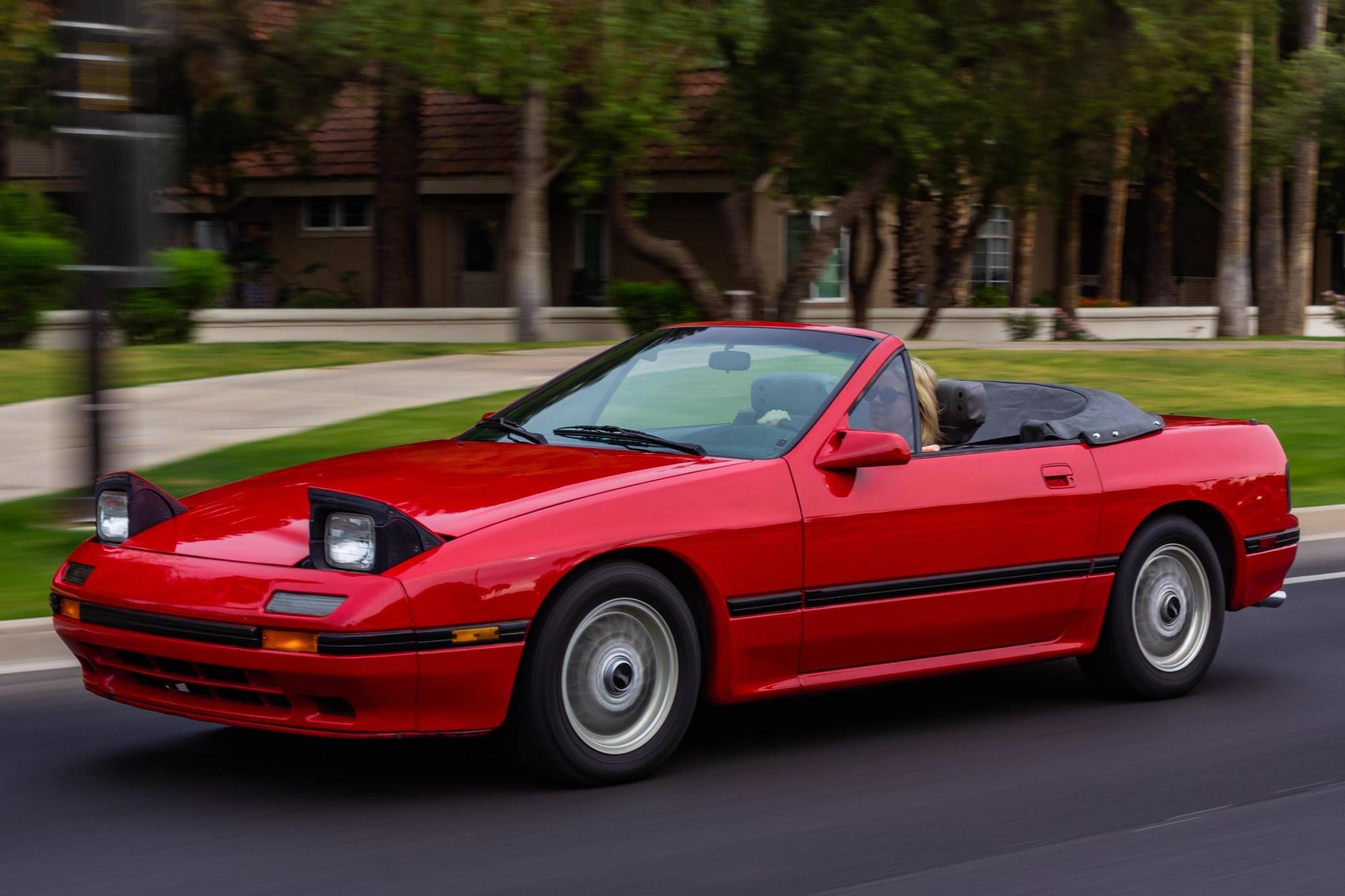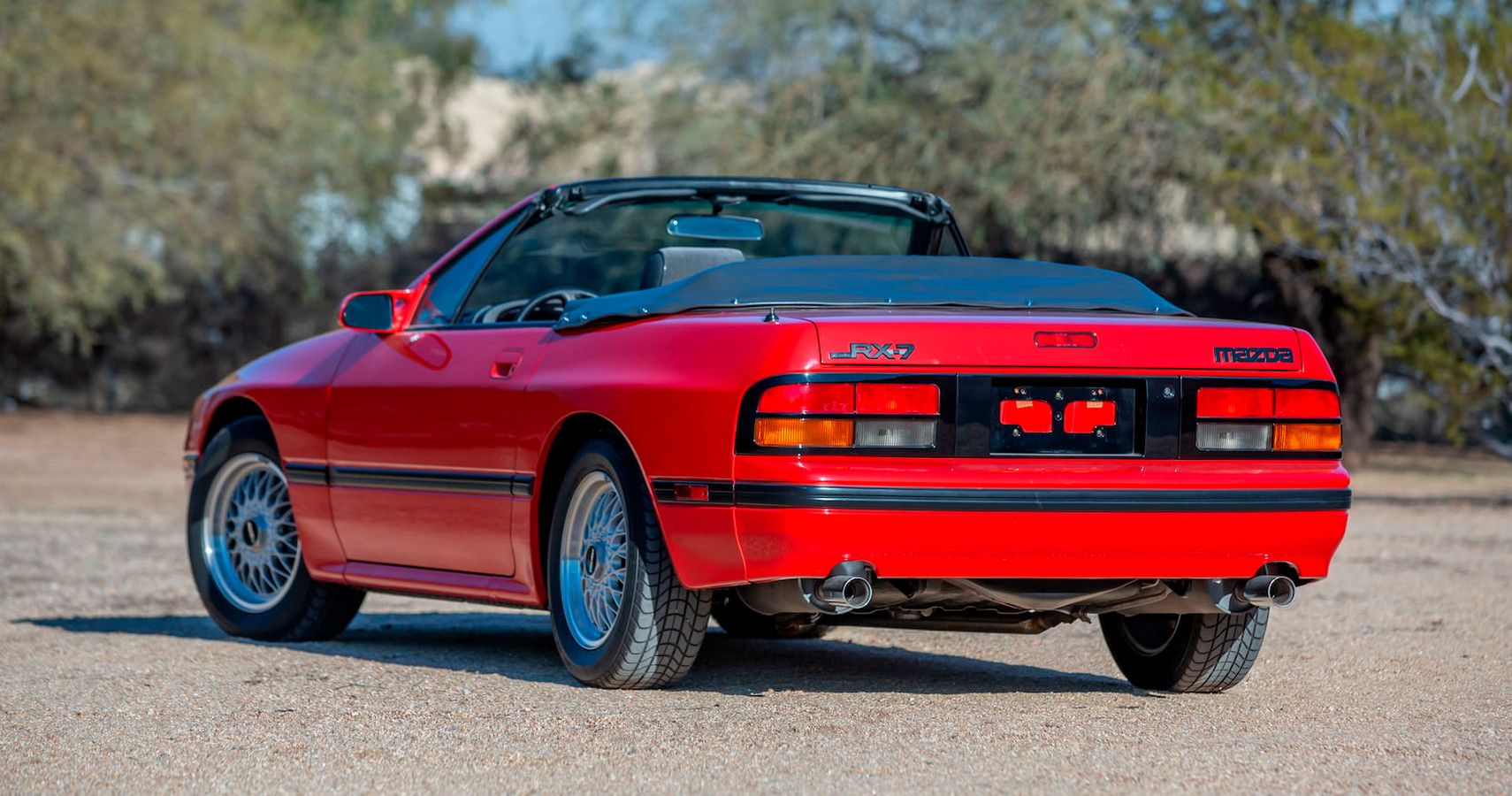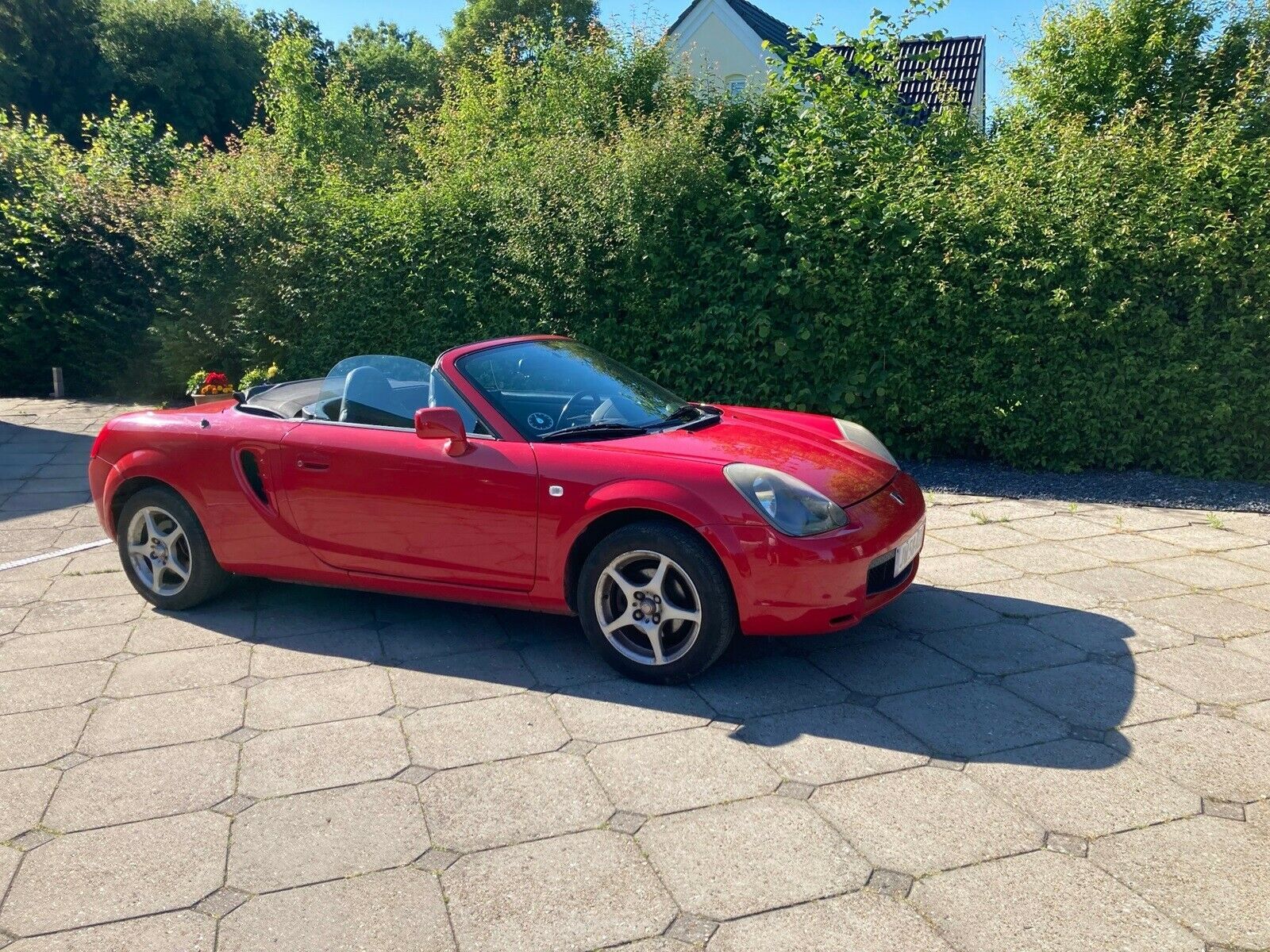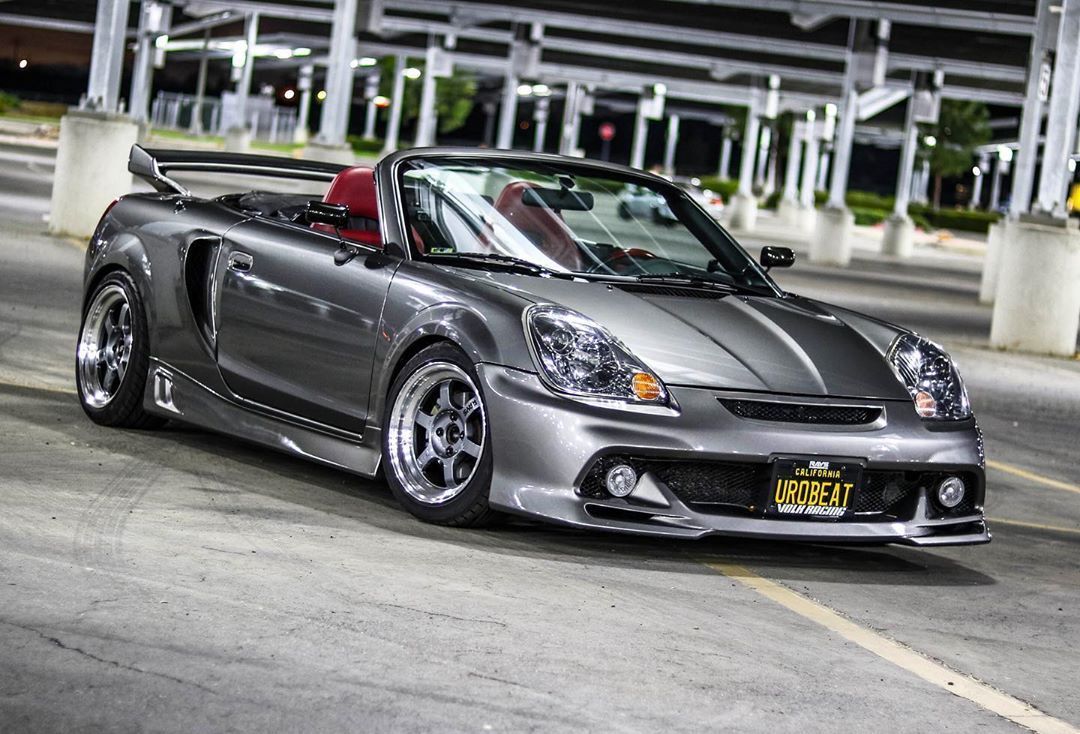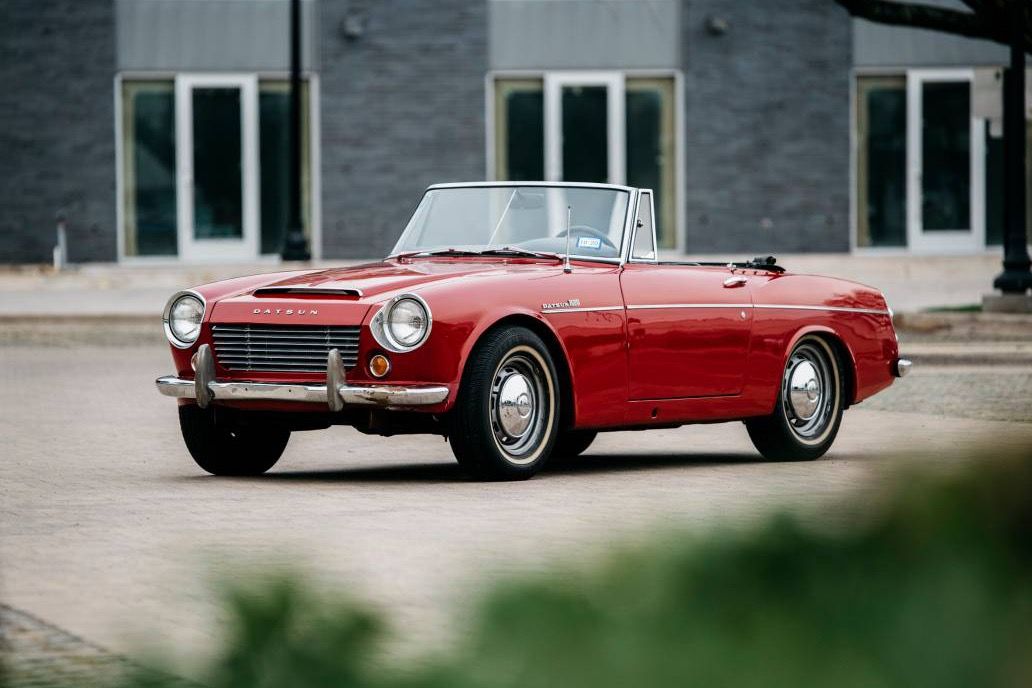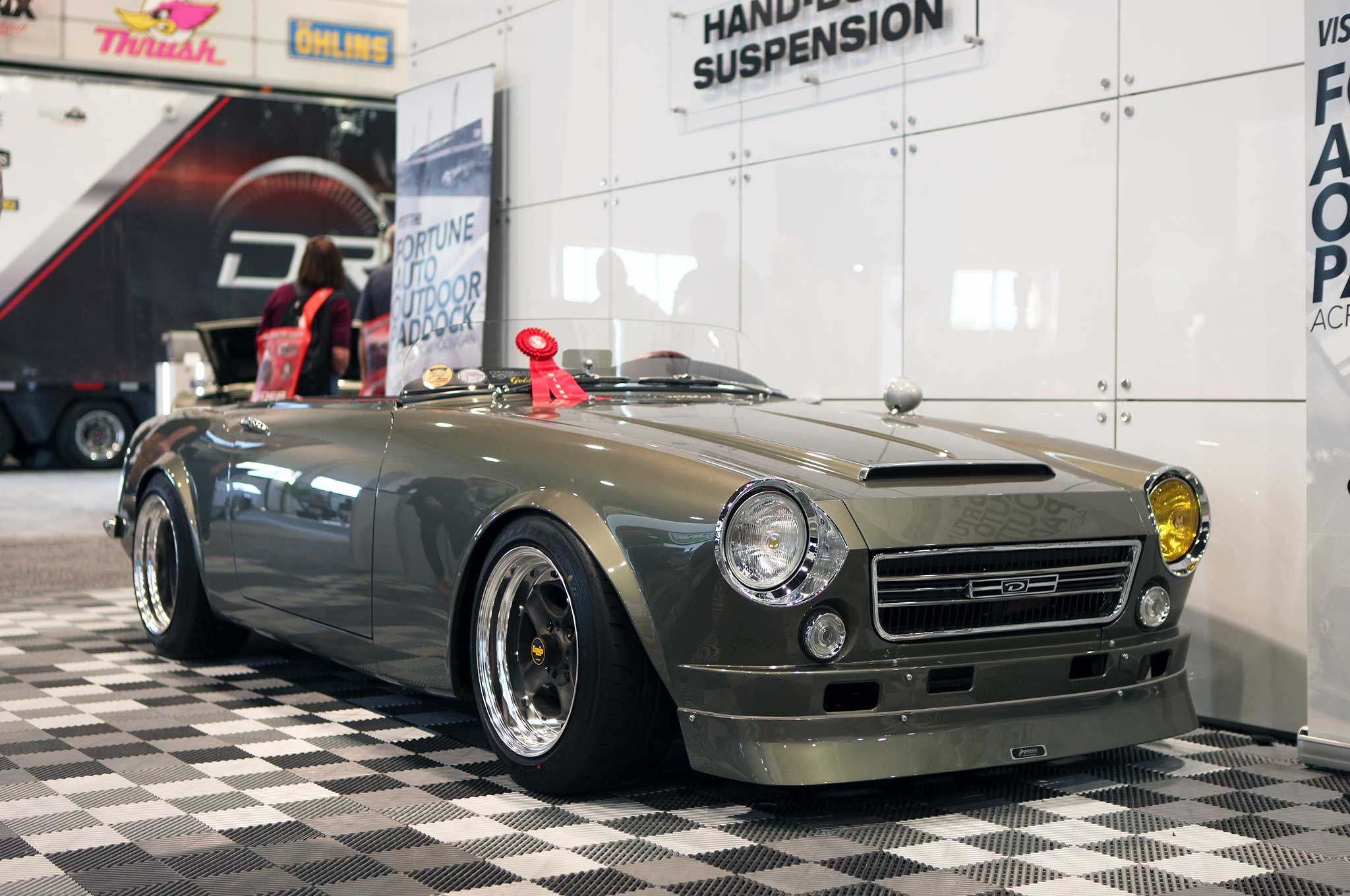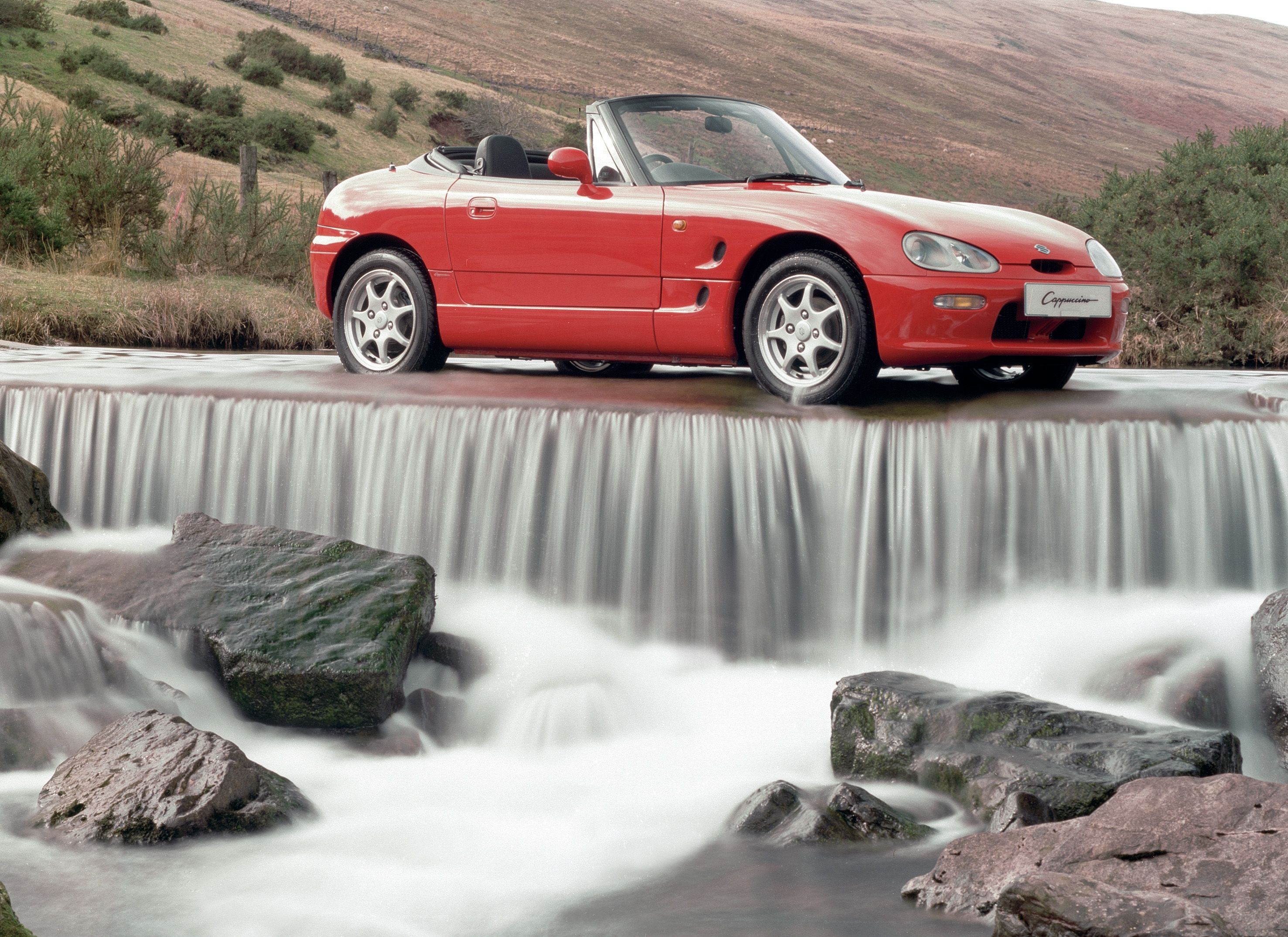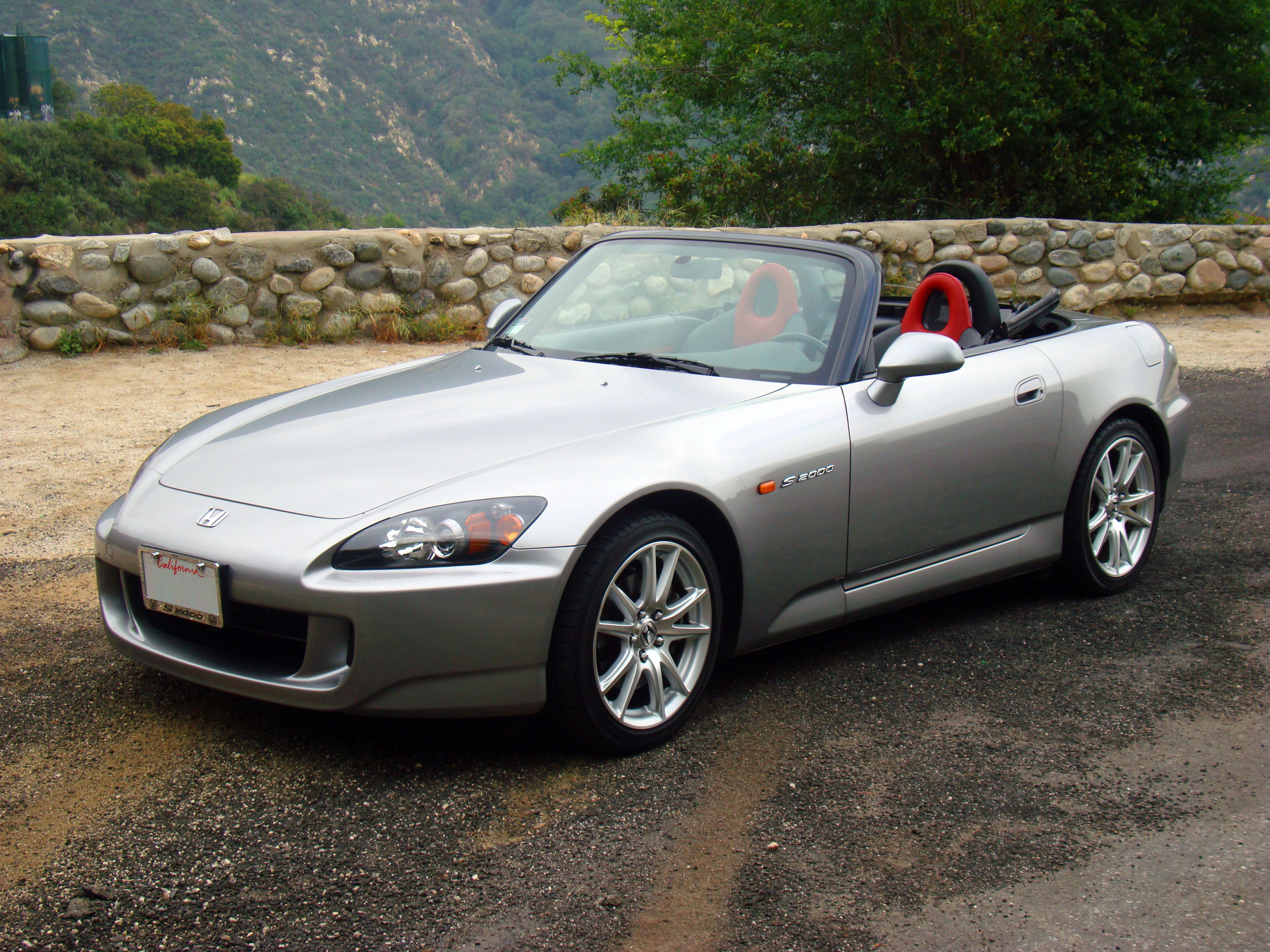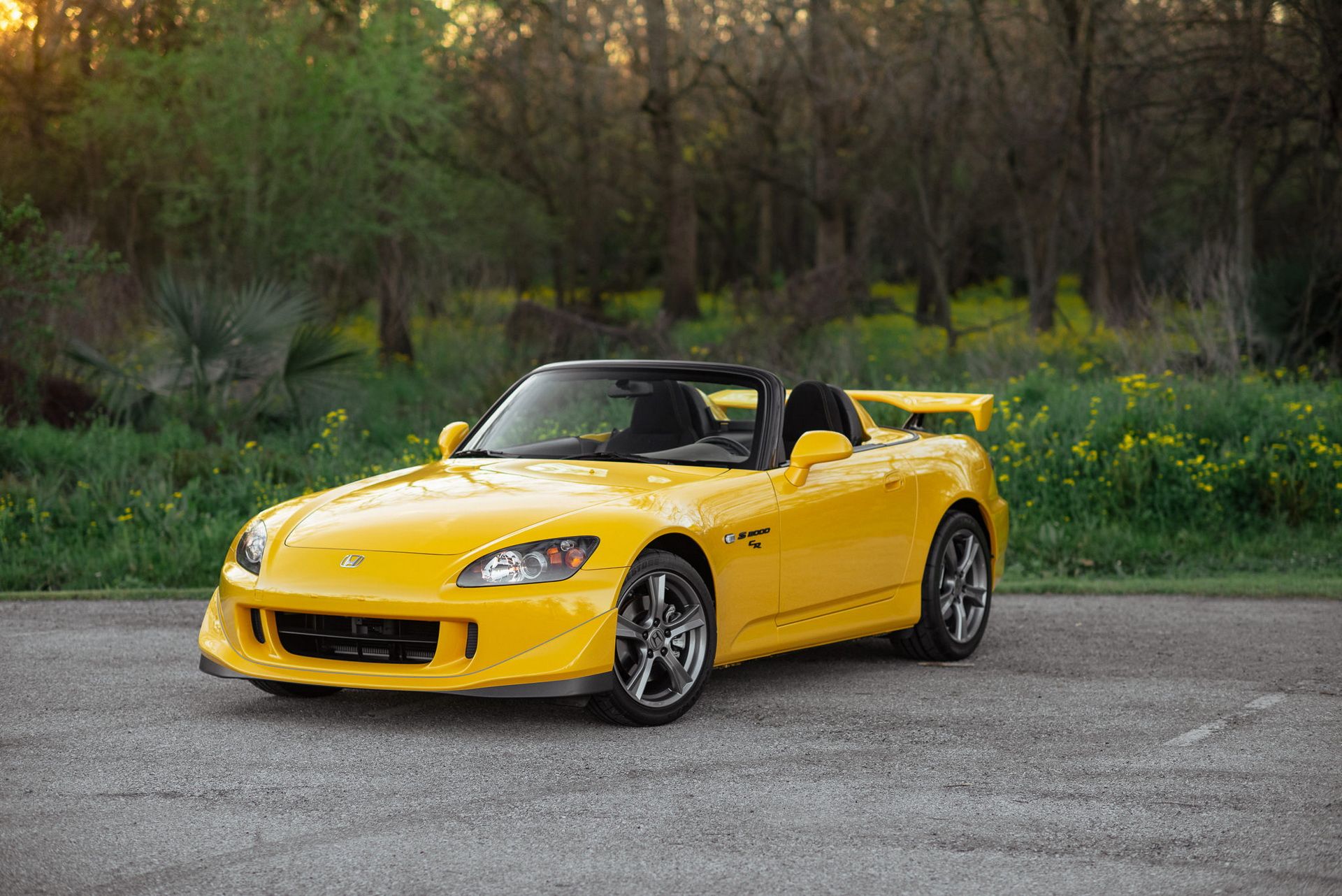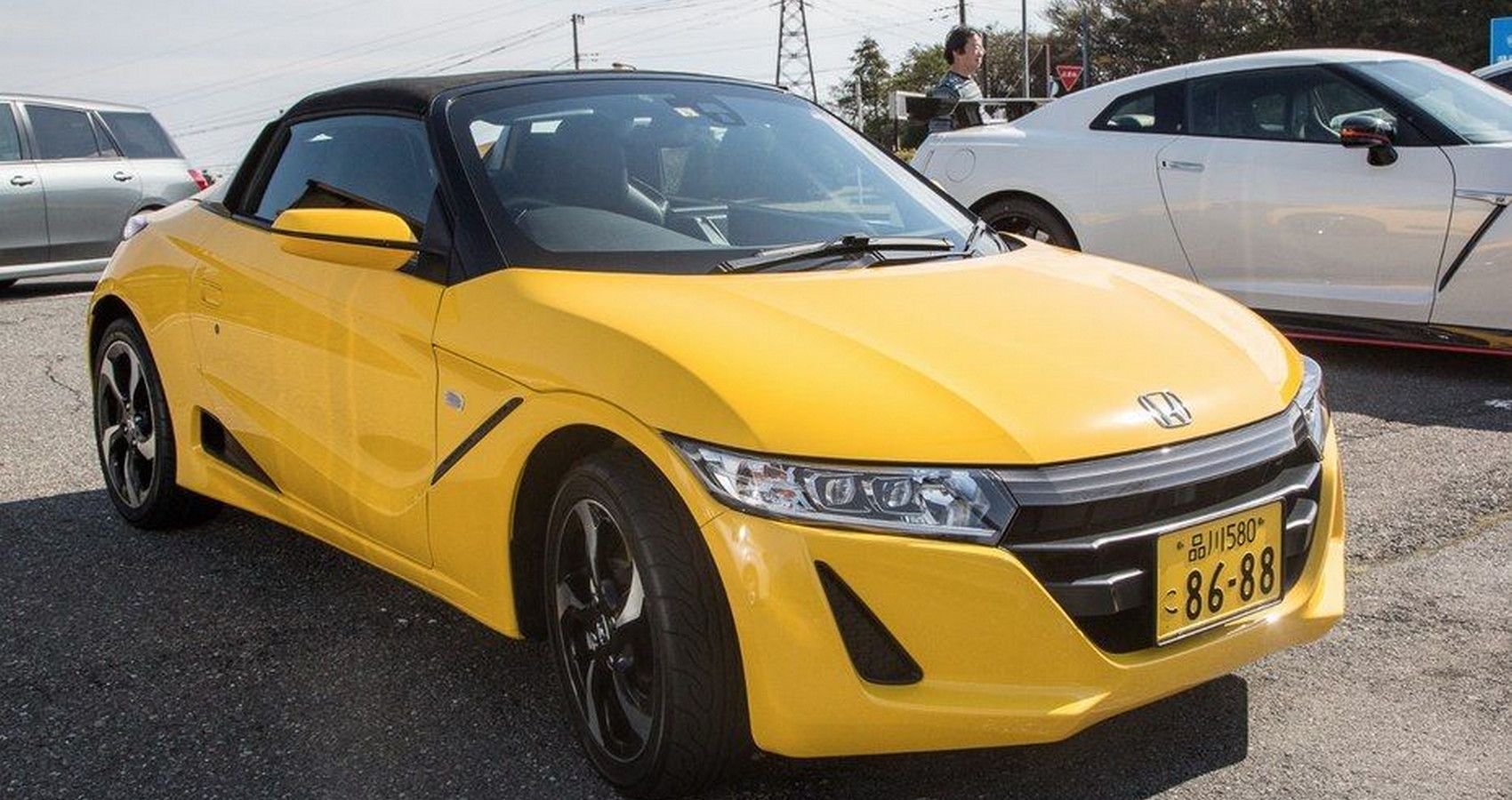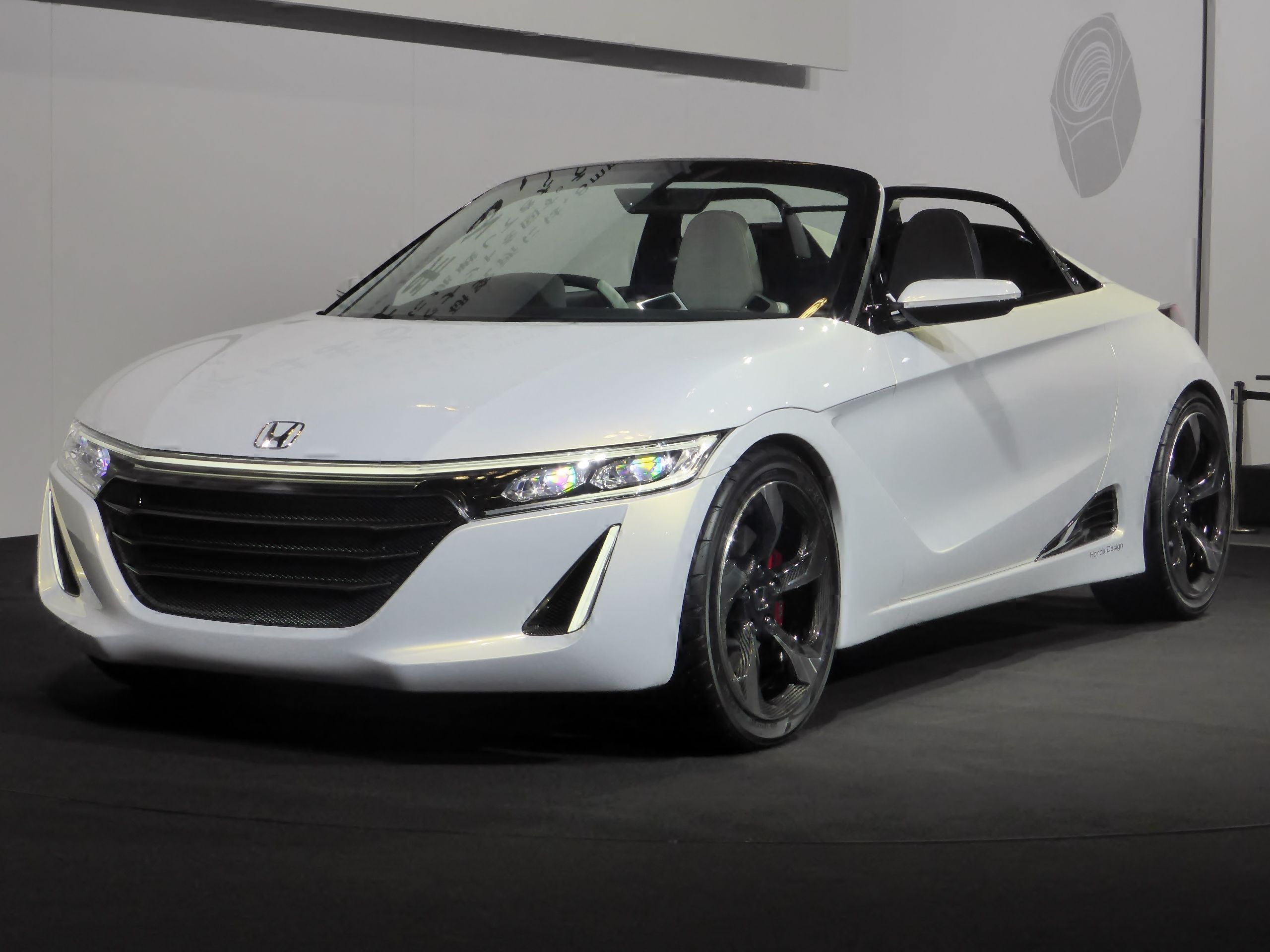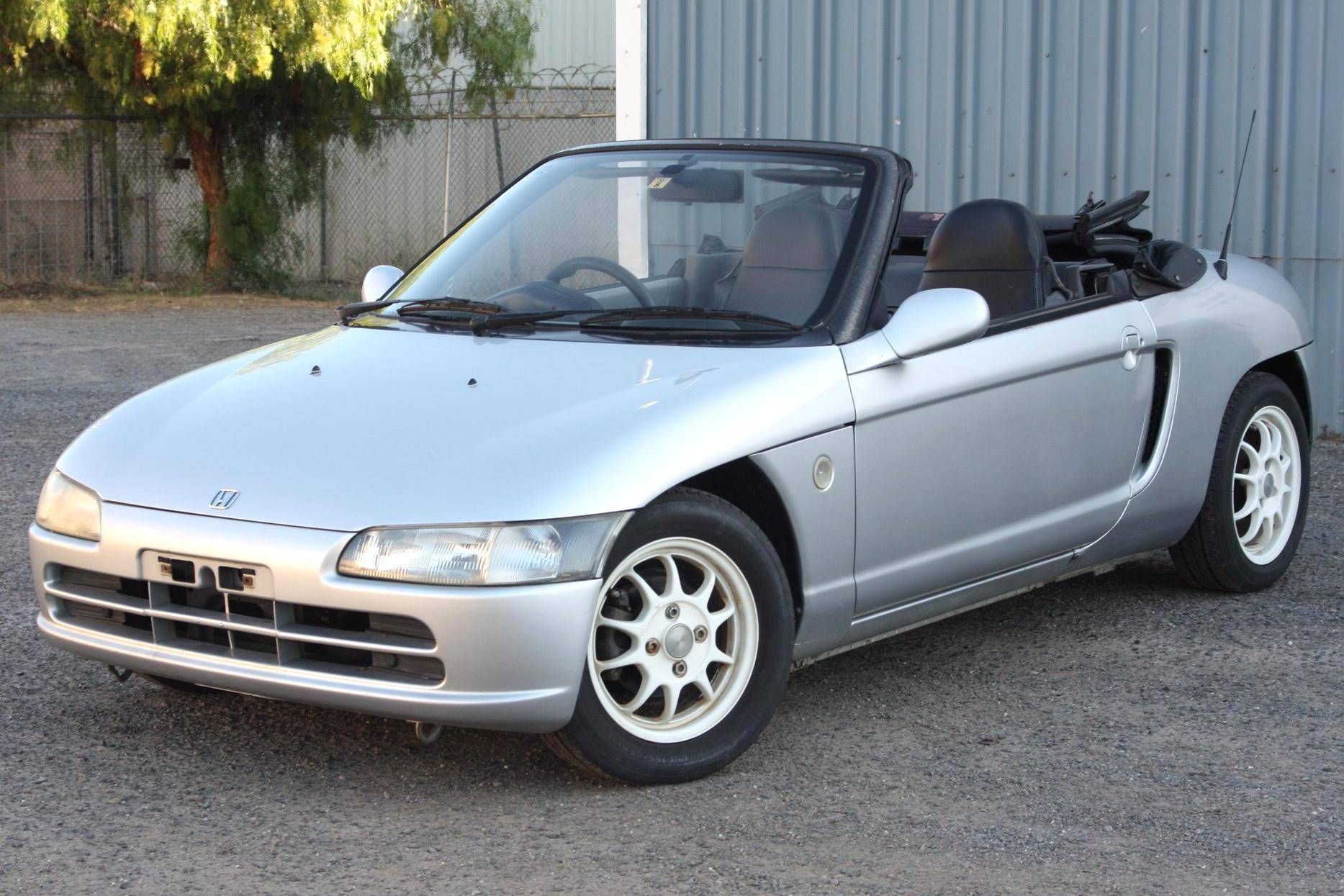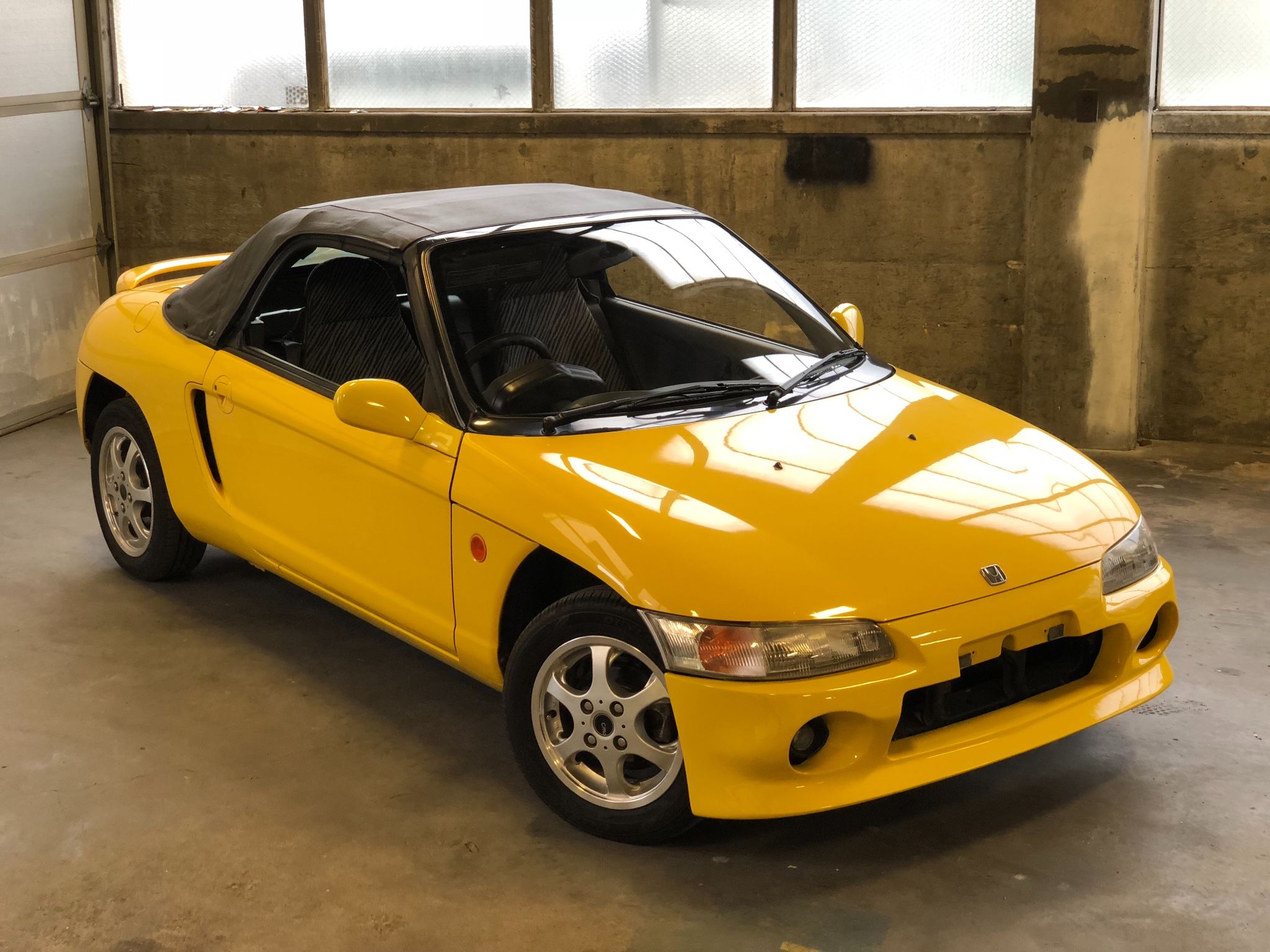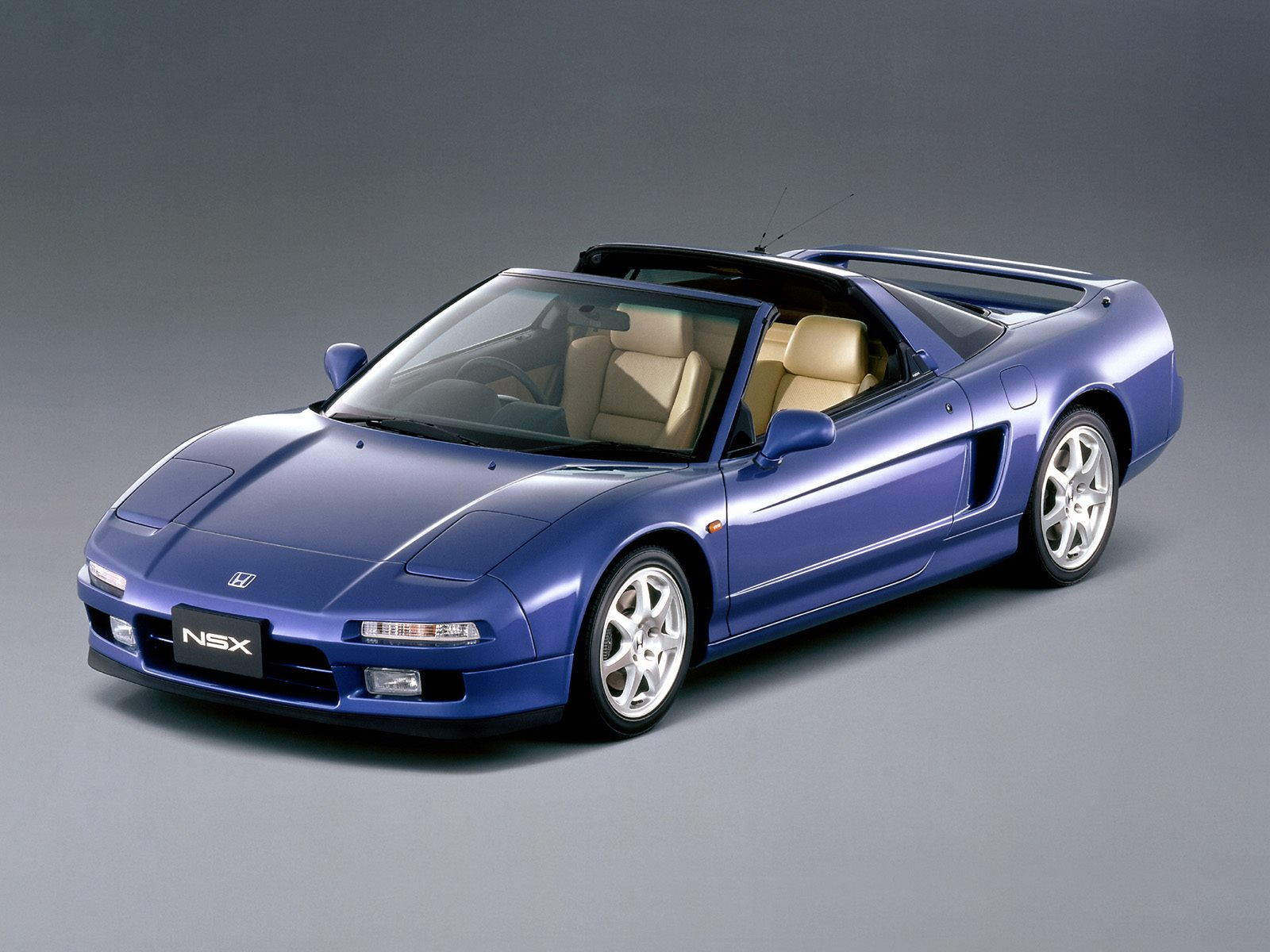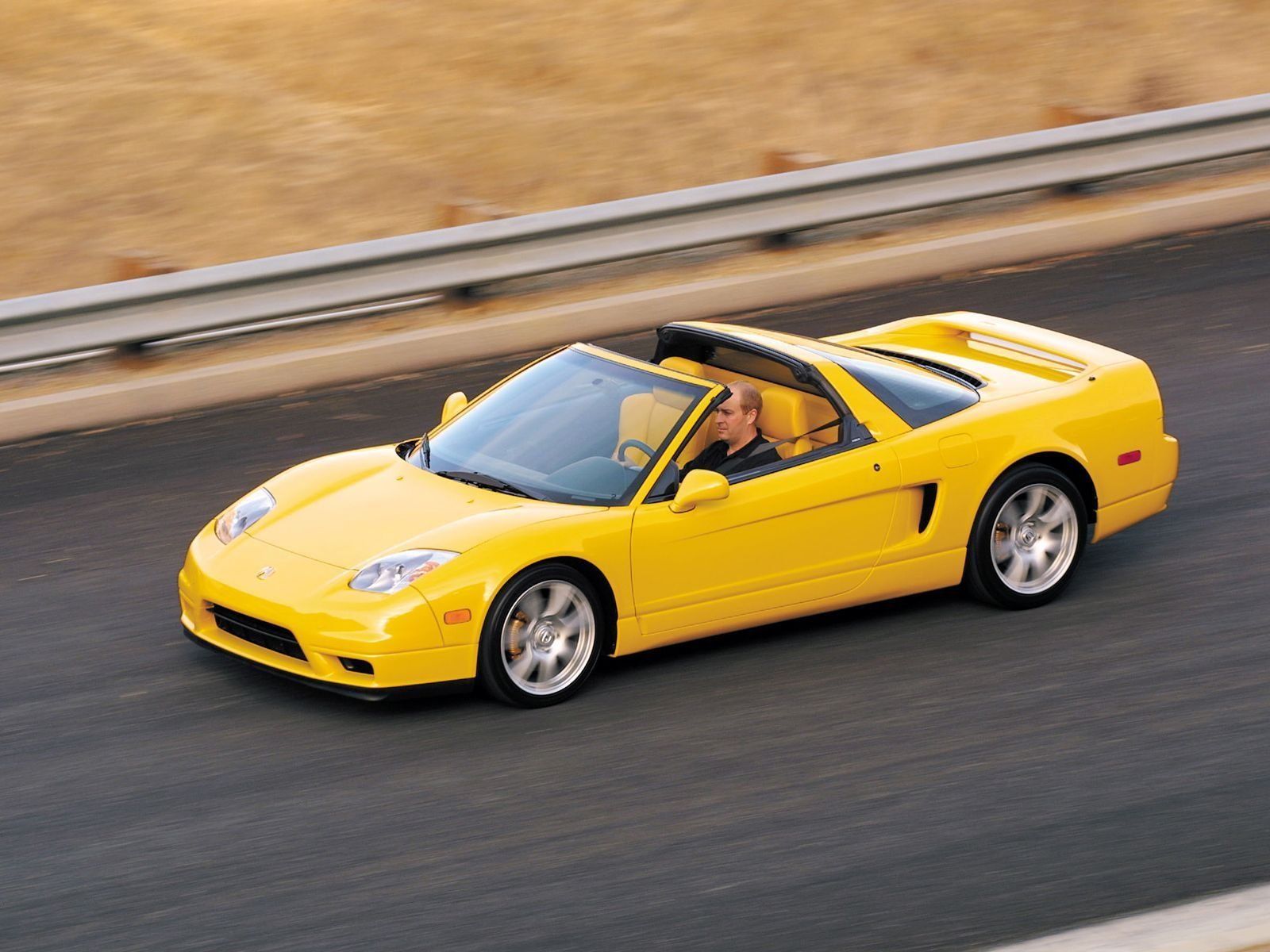The name says it all: roadster. -Ster is a European suffix that means "doer." Roadster, in literal automotive parlance, refers to a vehicle that does the road. What does that mean? In a limited definition, roadsters are open-topped, sporty, and attractive cars. Broadly speaking, a roadster is a sports car that closes the gap between driver, car, and environment. They are one part Grand Touring and another part exciting.
Perhaps because the word has European roots, it is easy to assume that the Europeans produce the best roadsters. Americans have an interesting take on the roadster, usually as a modified version of a muscle car, like the Saleen S351 Roadster. Another source of roadster excellence, besides the Europeans, are the Japanese. Japanese roadsters are nimble, succinct, performance oriented machines. Here are some Japanese roadsters that are perfect for driving enthusiasts.
9 Mazda Miata
Unveiled in 1989, the Mazda Miata (known as the MX-5 outside of North America) is currently in its fifth generation, the best-selling sports car in history, and has won a list of awards. Jeremy Clarkson famously said that he was giving the Miata five starts because he could not give it more. First generation Miatas came with beautiful pop-up headlights and a bright, smiling front fascia.
The Miata has never been a powerful car. However, horsepower has never been the point. Horsepower numbers look excellent in magazine articles and press releases. What really matters, however, is how exciting the driving experience is. Always with an inline four-cylinder engine, front mid-engine, rear-wheel drive layout, excellent balance, and a removeable top, the Miata makes use of a simple cocktail of automotive design that maximizes the driving experience.
8 Mazda RX-7 Convertible
The FD RX-7, unfortunately, did not come as a convertible model. Fortunately, the RX-7 FC did come as a convertible. This Japanese classic is evocative of European styling of the 1980s with is angular body, pop-up headlights, and wedge shape. The FC RX-7 was in production from 1985-1992. It was equipped with the 13b twin-rotor Wankel (rotary) engine.
The convertible model of the FC came out in 1988. Mazda introduced a firm windblocker that came up behind the seats to block unwanted amounts of wind from the passengers, making the driving experience without the top enjoyable; it is meant, then, to be driven without the top as much as possible. Unfortunately, the convertible FC did not come with a turbocharger option (though, is that really a big deal since the turbocharger system from a turbo 13b would bolt on?). Like the Miata, the convertible RX-7 FC is meant to maximize driving enjoyment with little frills.
7 MR-2 Spyder
The last generation of the MR-2, the MR-2 Spyder was produced by Toyota from 1999 to 2007. Sales of the Spyder in the United States stopped in 2005, but its sales continued until 2007 elsewhere in the world. Previous generations of the MR-2 were available as coupes only. Generation three, however, was available only as a convertible. This new generation of MR-2 was intended to have fresh styling and maximize driving enjoyment — removing the roof would do exactly that.
Like the previous generations, the third generation MR-2 featured light weight, a mid-engine layout, and rear-wheel drive. Those combined features made the car exceptionally well handling. The engine was a small, naturally aspirated 1.8 liter inline four-cylinder engine that produced about 140 horsepower, and it could be mated to a manual five or six speed transmission as well as five or six speed automatic transmissions. It is not a powerful car, but the point was to maximize the driving experience at an affordable cost, not to be the fastest production car in its class.
6 Datsun Roadster
Pictured are second generation models of the Datsun Roadster. Datsun Roadster is a synonym for a series of cars produced by Datsun that all featured convertible tops and variously sized four-cylinder engines. The first generation, produced from 1959 to 1962, were bubbly and awkward looking. From 1960 to 1970, for the second generation, Datsun stepped up its design to a sportier, more European look.
Second generation styling is evocative of Triumph TR3 and TR4, MG MGB roadster, and the series 1 Alfa Romeo Spyder. It was available as either a 1600 or 2000 model designation, which referred to the engine size. A 1600 offered 95 horsepower and a 105 mph top speed. A 2000 model, however, offered 135 horsepower or, if optioned with Solex carbs and performance camshaft, 150 horsepower. Either way, the car is an exciting example of Japanese roadster performance worth a drive.
5 Suzuki Cappuccino
Kei Cars are wildly popular in Japan. The cars are limited by engine size and horsepower, 660cc and 64 horsepower respectively. Despite the restrictions, the Kei Cars can come with cool attributes such as forced induction engines and all-wheel drive. The Cappuccino was made from 1991 to 1998 and, of course, featured a DOHC 657cc turbocharged three-cylinder engine that is claimed to produce 63 horsepower, rear-wheel drive, and can be had with a five speed manual.
The neatness of the Cappuccino continues with its unique top design. It can be removed in sections: the car can be a coupe, targa, or full convertible depending on how close one wants to get to their environment. Weight is low at about 1,600 pounds and there is a sizeable modification culture. So, if one wanted to, with a few modifications one could net over 100 horsepower from a tiny three-cylinder. This is a neat, exciting tiny car.
4 Honda S2000
Honda's S2000 was an instant classic and is still highly sought after. It was produced for ten years from 1999 to 2009. The name S2000 follows a Honda tradition of the company naming its roadsters after their engine sizes. From 1999 to 2003 the S2000 featured a 1,997cc engine (F20C) with VTEC and a 9,000 rpm redline. It produced an astonishing 247 horsepower in the Japanese market and 237 horsepower for the U.S. market; that is a maximum of 123 hp per liter and approximately 2 hp per cubic inch, making it the most powerful engine in the world because of its specific output.
From 2004 to 2009, the S2000 came with a larger 2.2 liter four-cylinder engine with a redline of 8,200 rpm. Power stayed the same at 237 hp, but torque was up to 162 ft. lbs. from 153 ft. lbs. The convertible top was non-negotiable, as was a six speed manual for its entire production run. The car is light, nimble, gorgeous, and has a front mid-engine rear-wheel drive layout. It is a perfect example of a roadster, let alone one from Japan. The Honda S2000 rivals the Miata in its perfection.
3 Honda S660
Continuing with Honda's tradition of naming its roadsters after their engine sizes, the S660 comes with a SOHC three-cylinder turbocharged 658cc engine with a redline of 7,700 rpm and 63 horsepower. It was first introduced in 2015 and is still in production. Though a Kei Car, its aggressive styling makes it visually appealing and racey-looking.
Like the Suzuki Cappuccino, the Honda S660 has sizeable aftermarket support. Modifying the car is easy and enhancing its performance sounds fun. Mugen, the famous Honda modifier and performance company, liked the S660 enough to modify it. The S660 may be lightly powered, but it is a purpose built Kei Car roadster every gearhead should drive.
2 Honda Beat
The S660 predecessor, the Honda Beat, lived for five years from 1991 to 1996. It featured a naturally aspirated three cylinder 656cc engine with individual throttle bodies. With ITB's and without an inhaler the engine was able to produce 63 horsepower.
The Beat was designed to maximize the fun factor. It had a mid-engine rear wheel drive layout, a five speed manual, and a convertible top. Visually, the Beat is engaging and typical of 1990's style with simple lines and well placed vents and side scoops. Perhaps its aesthetic appeal is because it was designed by the famous Italian firm Pininfarina?
1 Honorary Roadster: Honda NSX Targa
Developed with input from Ayrton Senna, the Honda NSX was made from 1990 to 2005. In 1995 Honda introduced the targa version of the NSX. Originally it was only available in black and in Japan. Eventually, the targa model made its way to the North America and replaced the coupe almost entirely. The targa made an excellent sports car even better.
The NSX-T had the same features as the NSX coupe: a mid-engine rear wheel drive layout, a 3.0 liter v6 engine with 270 horsepower, later a 3.2l v6 with 290hp, and a variety of transmissions. The epitome of NSX would be a targa top with a 3.2l and a six speed manual. It is not a roadster but the NSX is an impressive car. Any gearhead would love to drive an NSX, but when rightfully given the status of honorary roadster, the NSX gets a little cooler.

